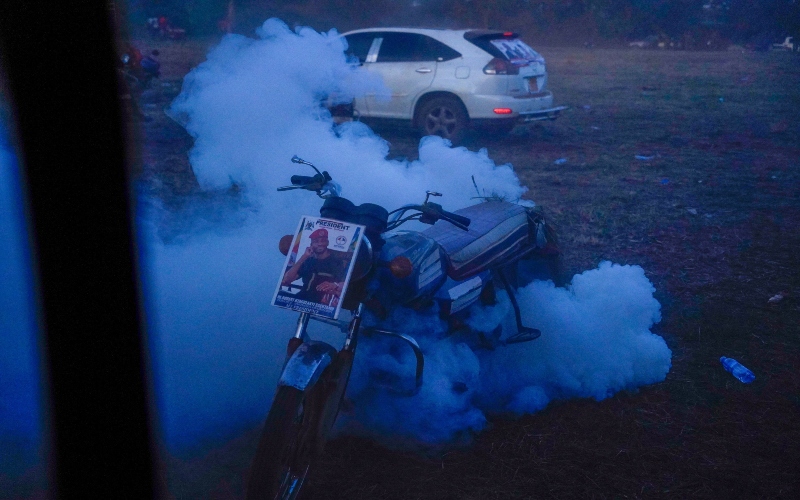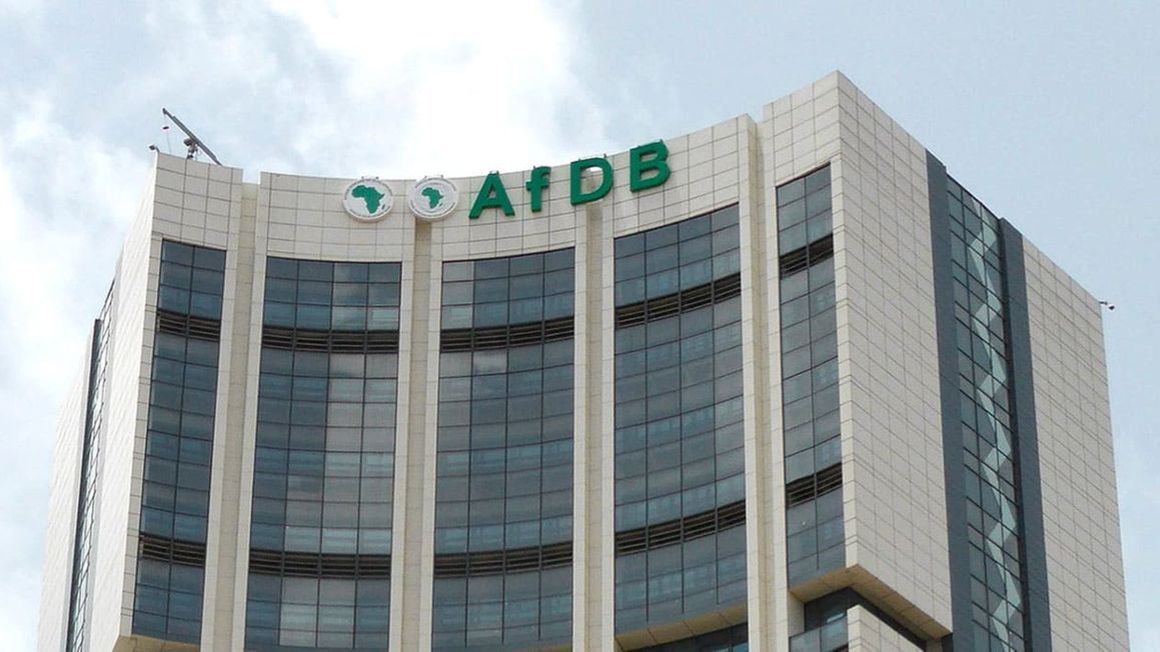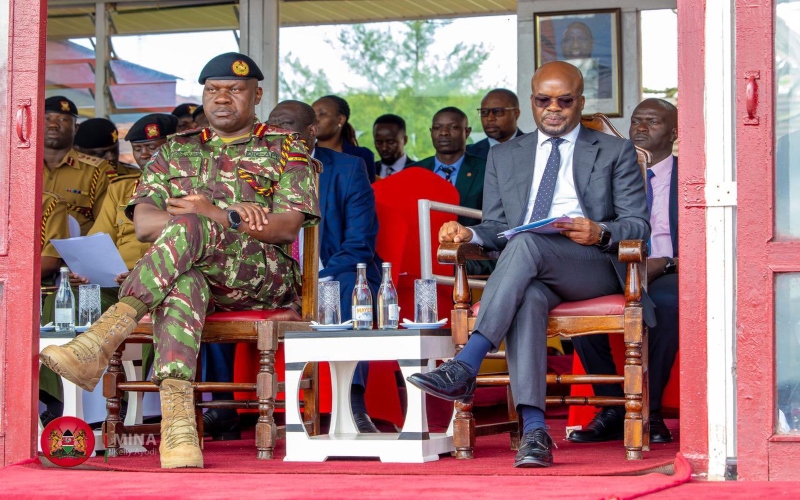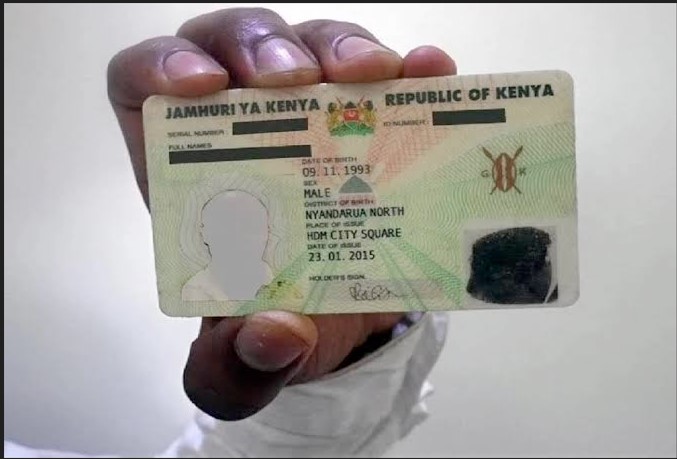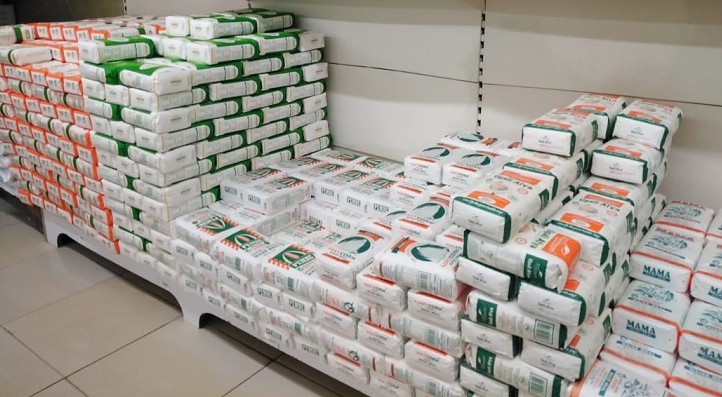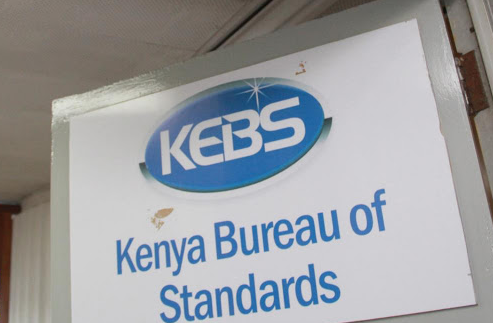Dadaab, Kakuma refugee camps receive Sh4.8 billion extra funding
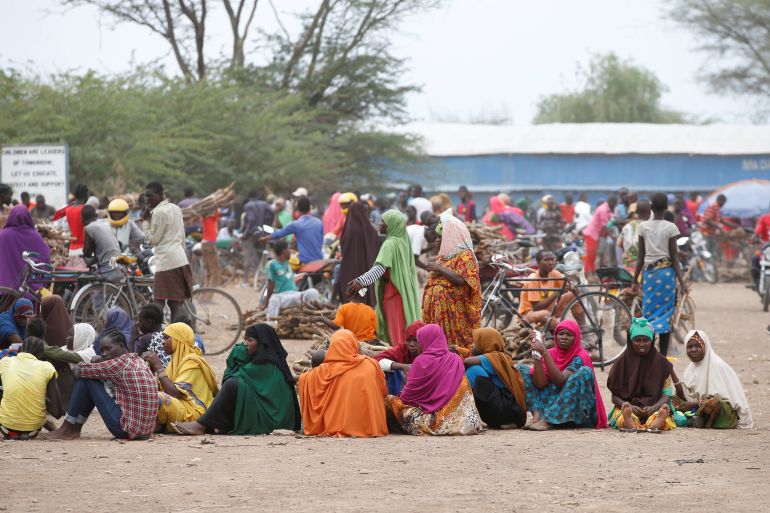
WFP Kenya Director Lauren Landis said the contribution will enable them to increase the food rations for the most vulnerable refugees and restore the cash transfer programme.
Refugees in the Dadaab and Kakuma camps have received $37 million (about Sh4.79 billion) in extra funding from the United States to caution them against starvation and malnutrition.
According to the World Food Programme (WFP) of the United Nations, the funds came at a time when the organisation was facing a shortfall, which had halted some of its operations.
More To Read
- Refugee group raises alarm over lending traps facing displaced families
- ‘No rain, no food, no life’: Amnesty slams global inaction as Somalia’s drought turns deadly
- Garissa Governor Nathif Jama sounds alarm over Dadaab crisis at IGAD conference
- WFP slashes food rations by 80 per cent in Kakuma, Dadaab refugee camps
- One dead, two officers injured as protests rock Kakuma refugee camp
- WFP receives Korean rice donation to feed 720,000 refugees in Kenya
WFP Kenya Director Lauren Landis said the contribution will enable them to increase the food rations for the most vulnerable refugees and restore the cash transfer programme, which was stopped in May due to a shortage of funds.
Landis revealed that currently, the 650,000 refugees supported by the WFP get the same ratio but that there are plans to change the model and distribute the food based on each family's food security and socioeconomic status.
"Providing assistance according to the levels of need ensures the most vulnerable are prioritised based on available resources while weaning the least vulnerable off humanitarian assistance and supporting them to be self-reliant," she said ina statement issued by the WFP on Wednesday.
Landis added that the new measure will provide more food to families and boost the economy.
The additional funding will help the WFP increase the minimum food ration from 40 to 60 per cent.
"Refugee families have had a very difficult past two months, surviving on less than half of the minimum food required for a healthy life," Landis noted.
The new model is in line with the government's plan to change the refugee camps into integrated settlements.
According to the WFP, refugee numbers in Kenya have been increasing since 2019.
"Kenya has experienced a 60 per cent increase in the population of refugees and asylum seekers since 2019," the statement said.
Their circumstances have been worsened by climate change, which has resulted in heavier rains and floods as well as more severe droughts.
Top Stories Today



